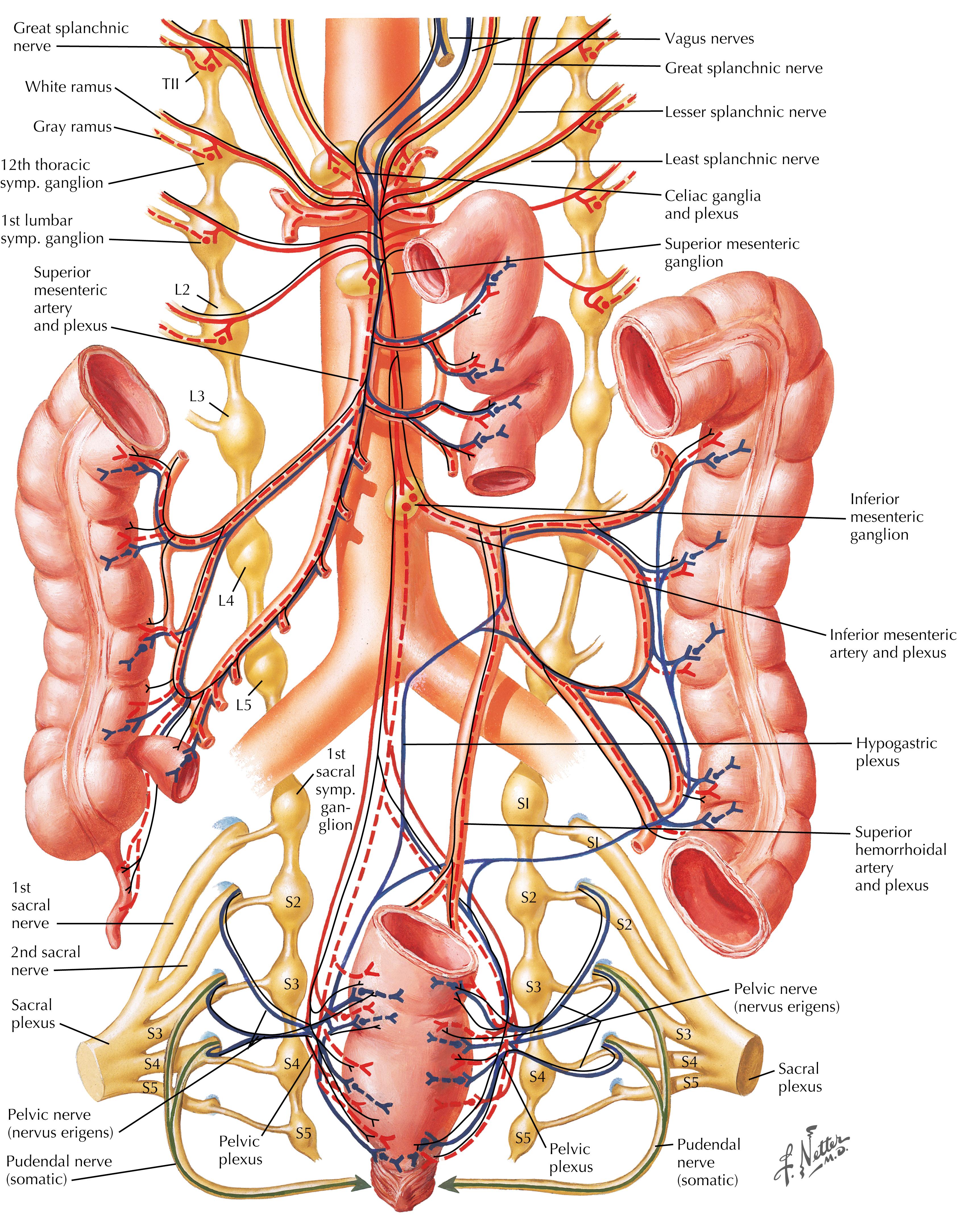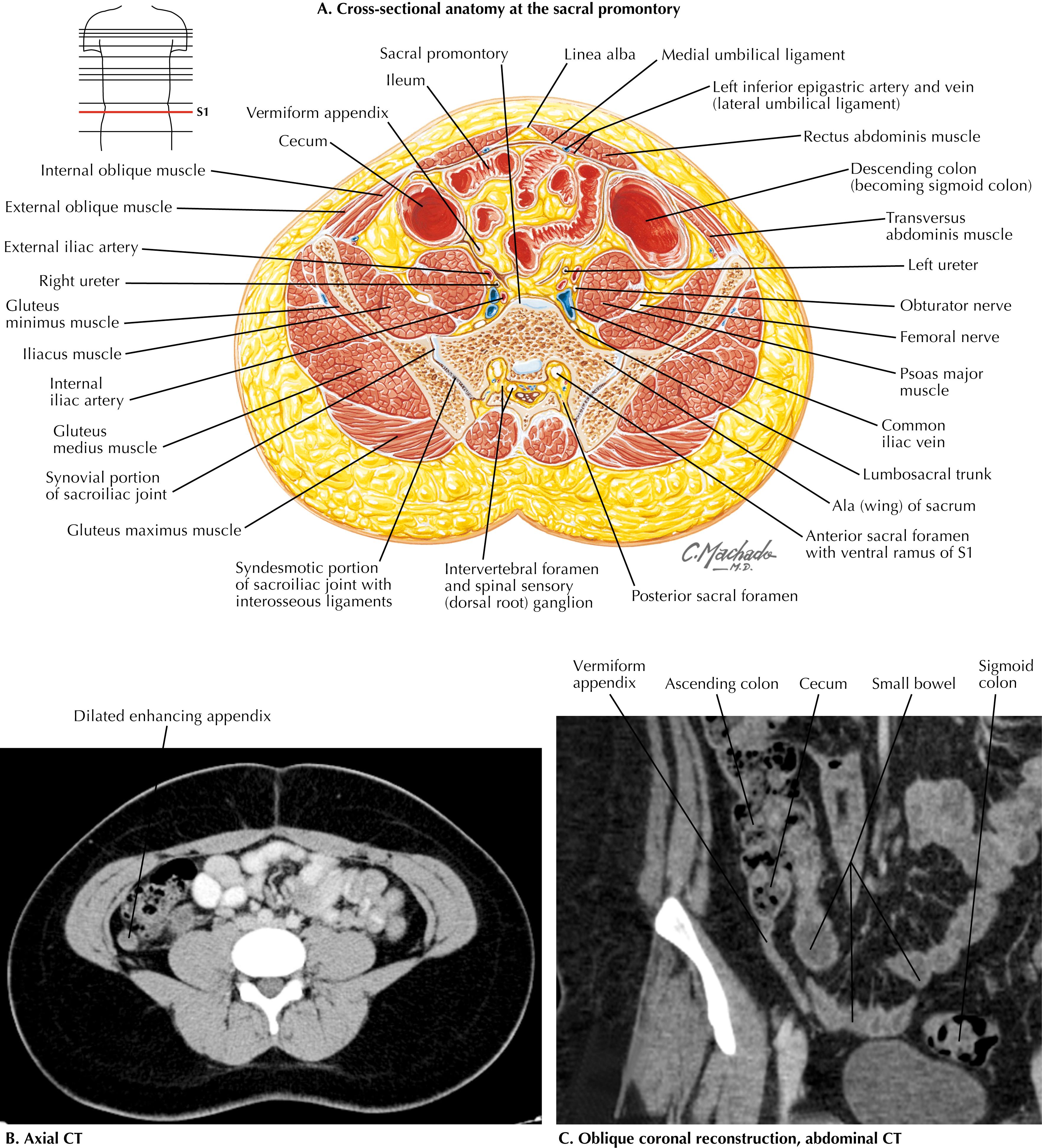Physical Address
304 North Cardinal St.
Dorchester Center, MA 02124
The first recorded appendectomy was performed by Claudius Amyand in December 1735. Since that time, it has become the standard of care for the treatment of acute appendicitis because of its efficacy and low morbidity. The term appendectomy was first coined by pathological anatomist Reginald Fitz in 1886, in which he described the clinical features of acute appendicitis and advocated for early surgical treatment. Appendicitis is a worldwide disease, which in the United States carries a 1 in 15 lifetime risk, with approximately 300,000 appendectomies performed each year.
Appendectomy is the most common emergency operation in the United States and throughout the world. Because of its frequency, a thorough knowledge of the diagnostic evaluation, preoperative considerations, operative decision making, anatomic variations, and various operative techniques for appendectomy is critical for every abdominal surgeon.
There is considerable variation in the clinical presentation of appendicitis. The “classic” patient experiences several hours of periumbilical pain that migrates to the right lower quadrant (RLQ) of the abdomen, usually in association with anorexia. The migration of the pain is mediated by the separate innervation of visceral and parietal peritoneum. Appendiceal obstruction and inflammation, which occur early in the disease process, cause appendiceal swelling and stretching of the visceral peritoneum. This irritation of the visceral peritoneum results in activation of autonomic afferent nerves of the superior mesenteric ganglion at the level of thoracic spinal level 10, which results in a nonspecific, poorly localized epigastric or periumbilical pain ( Fig. 25.1 ). Ileus, nausea, anorexia, and diarrhea may also be mediated in this manner. Once inflammation reaches the parietal surface of the peritoneum (e.g., through inflammation or perforation), somatic sensory fibers create more localized pain in the RLQ, with findings of localized peritonitis involving abdominal wall rigidity, distention, and hyperesthesia.

Physical examination of the patient with appendicitis may further localize inflammation and determine the stage of the diagnosis. Severe tenderness in the RLQ is typical. Well-recognized and reproducible signs include RLQ pain upon palpation of the left abdomen (i.e., Rovsing sign) and internal rotation of the right hip, resulting in the motion of deep pelvic musculature, which can cause pain in the case of pelvic appendicitis (i.e., obturator sign). Pain with extension of the right hip is caused by motion of the psoas muscle posterior to the cecum (i.e., psoas sign) ( Fig. 25.2A ).

Although the diagnosis of appendicitis may often be made with physical examination alone, computed tomography (CT) has been used increasingly for the evaluation of patients with appendiceal pathology because of its high sensitivity and specificity. Coronal and sagittal reconstructions provide excellent anatomic detail that is useful in surgical planning ( Fig. 25.2B and C ).
Become a Clinical Tree membership for Full access and enjoy Unlimited articles
If you are a member. Log in here